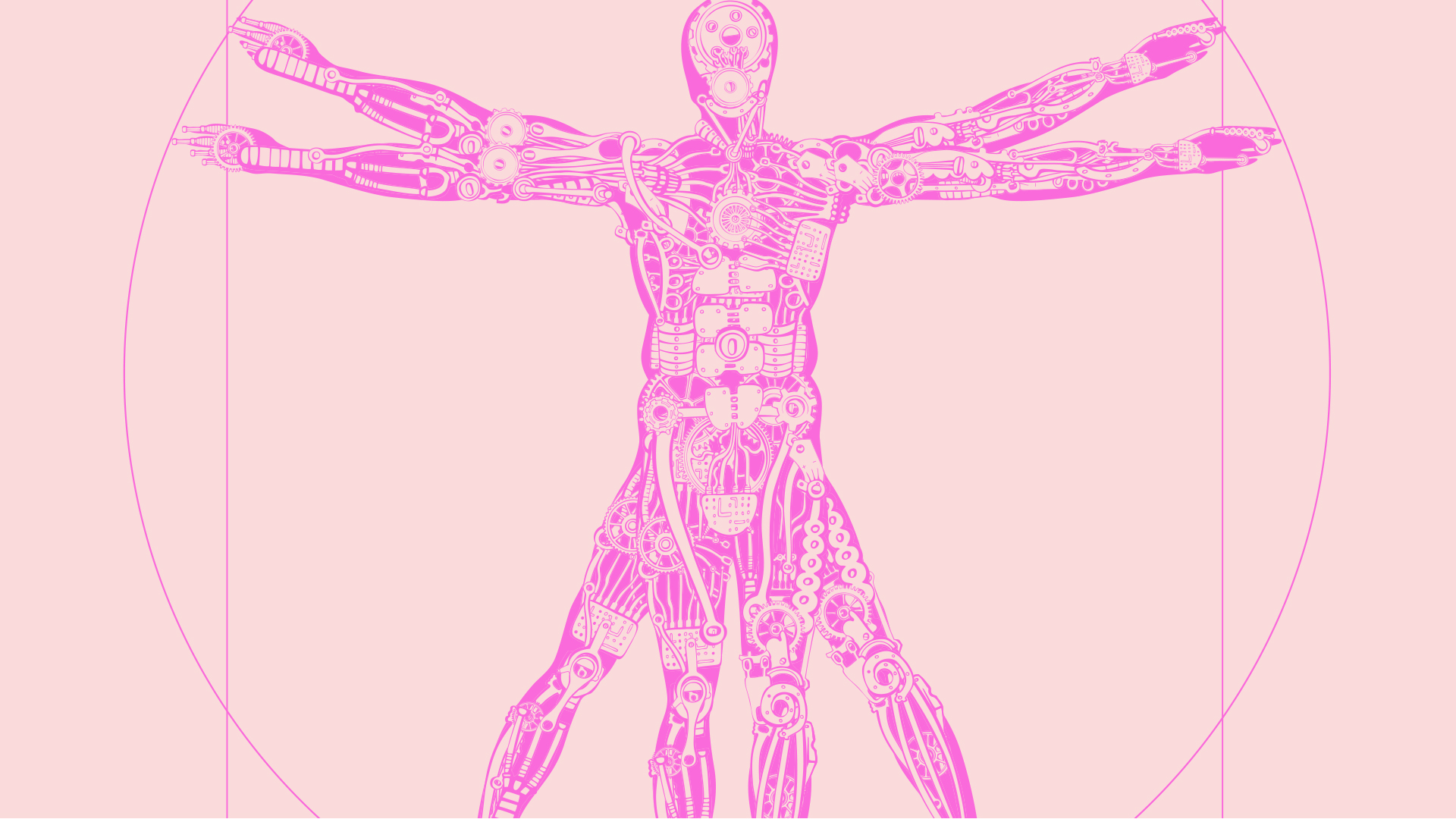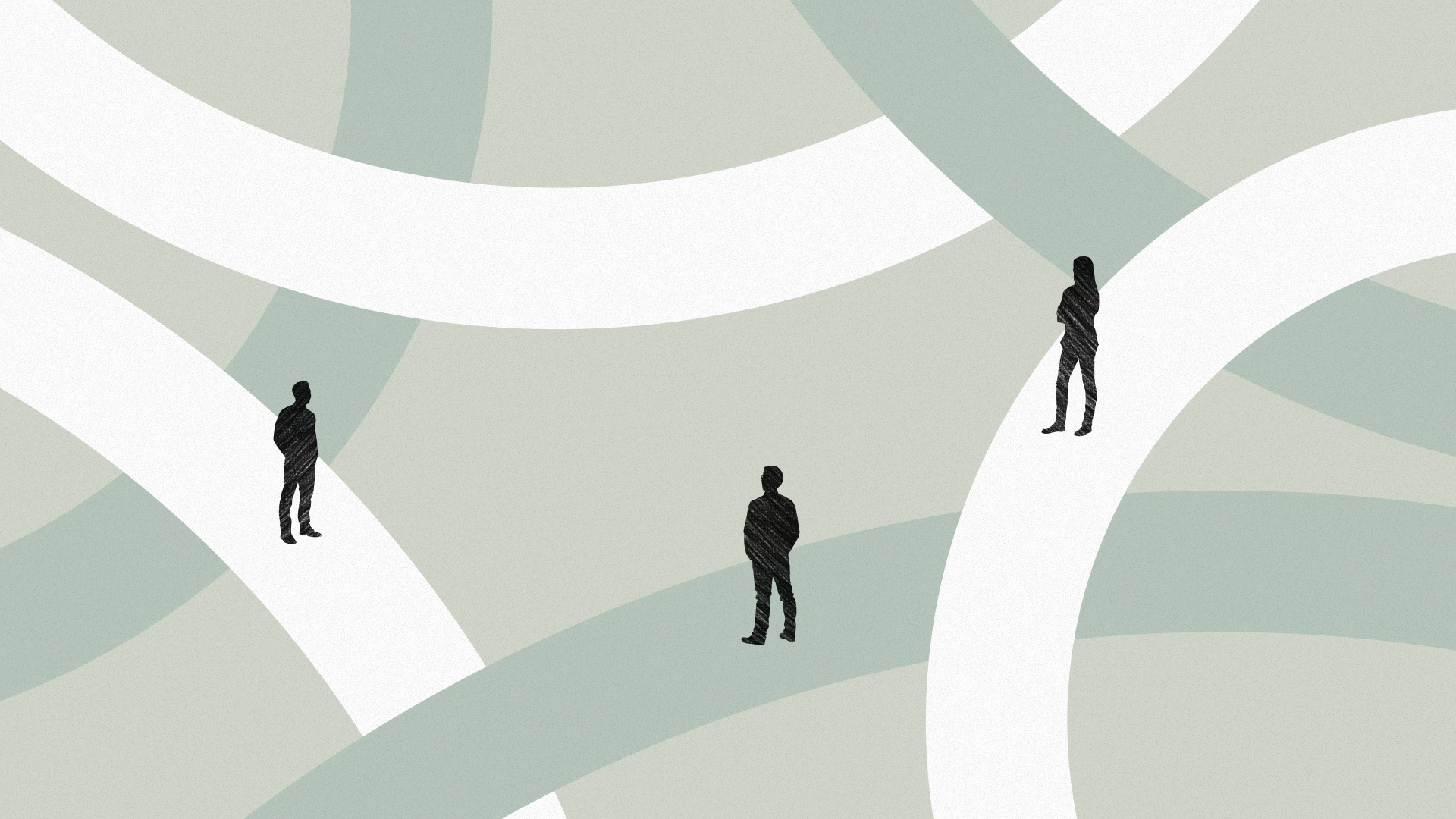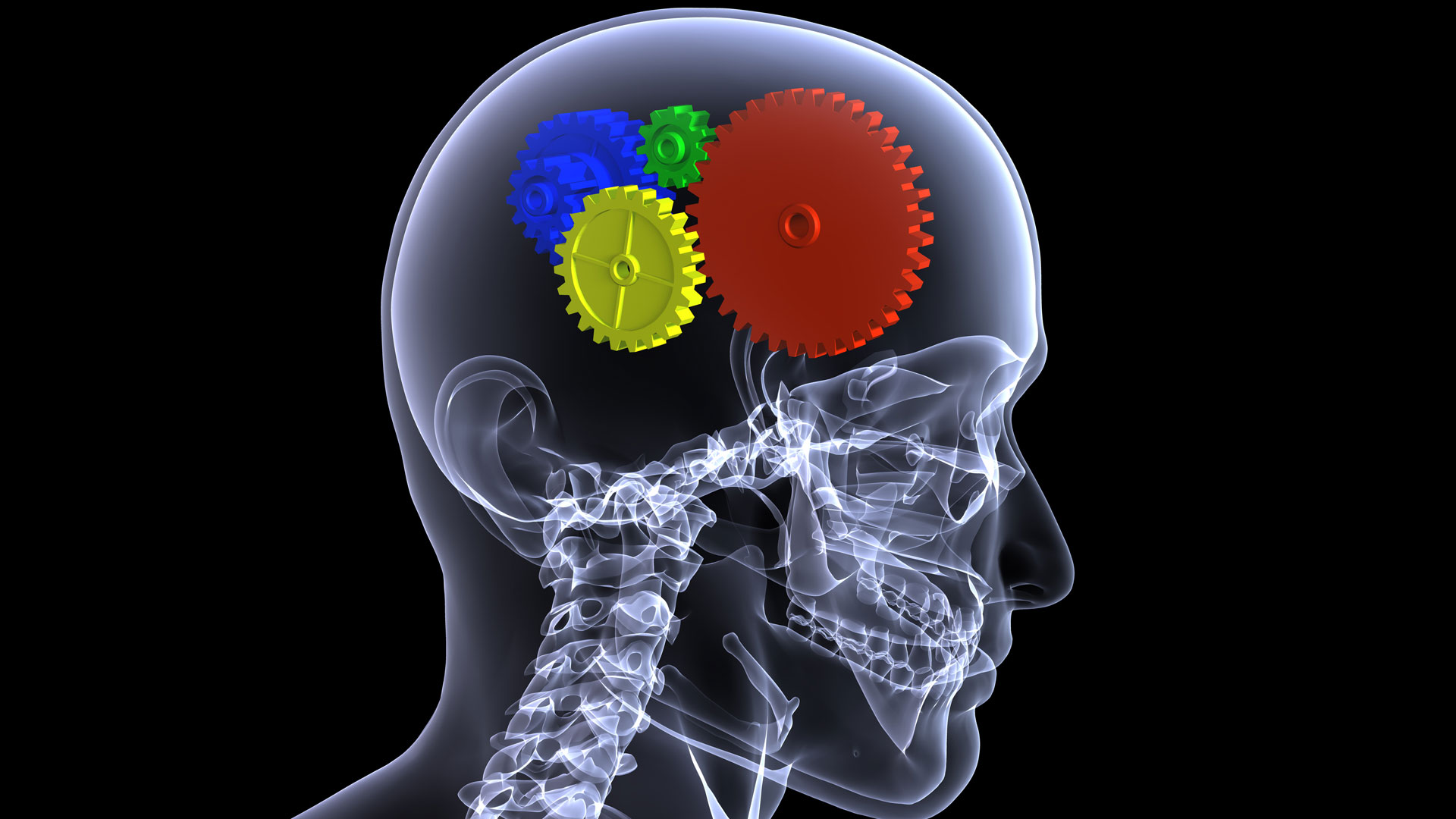Another Look at the Human Machine
We Are Greater Than the Sum of Our Parts
Seeing the things of nature in a purely mechanical way has helped science unlock many mysteries. This “machine” view is incomplete, however, when it comes to discovering the full spectrum of influences that make each of us who we are.
Because we’re good at building machines, we’ve often applied the machine metaphor to natural phenomena. For example, one way to understand how weather works is to think of it as an intricate mechanism. By measuring the particulars—air temperatures, pressures, humidity, wind direction—we begin to dissect their interconnectedness, like taking apart a machine. Then we consider these relationships in the trickier context of a big spinning ball in space receiving solar energy at about 1,400 watts per square meter. Now, just factor in the atmosphere itself, do a little math, and voilà, we can say it will be sunny tomorrow.
Of course, that is a very simplified equation for predicting the weather. But it works; we’re doing quite well in forecasting what will happen weatherwise many days into the future.
Thus, by reducing a phenomenon to a variety of physical components, we’ve learned “to interrogate nature” (in the words of British chemist Sir Humphry Davy in 1802) and discover what we want to know.
For a long time we’ve used the same technique to help us investigate the questions of our own interconnected parts. Interrogating the human body as one examines a machine has paid great dividends over the ages. We’ve discovered much about germs, diseases and physical dysfunction, in parallel with figuring out more accurately how the body operates. In doing so, however, have we missed the proverbial forest for the trees?
We’ve become very good at seeing how we’re connected within—small details like organs, tissues, and cells—the “trees,” so to speak. Our bodies are indeed wondrous mechanisms. But in looking inward at these marvels, we may fail to look outward to notice how we’re connected with the rest of the world. Our physical environment and the people throughout all levels of our social sphere are critically important in making us who we are. We’re not merely individuals but part of a greater human ecosystem.
This is often an overlooked reality. Each of us is not only more than the sum of our own parts; we’re embedded within an encompassing space that includes all other humans (all of our “neighbors”). In a world where distance and barriers only seem to be growing between us, our need for healthy human connection is under challenge. It has become too easy to think in terms of “our group” and “their group,” forgetting that humans thrive—not when we separate from one another, but when we connect. It’s the sum of our connections that makes us who we are. One way to get a handle on mending this fragmentation is to consider both the reductionist and holistic ways of viewing human existence and relationships.
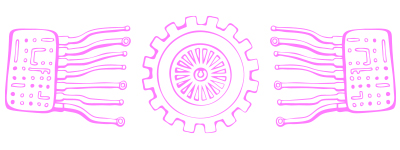
The Reductionist Worldview
Consider mind and behavior. Where thinking and the resulting behavior come from has been a longstanding mystery. Francis Crick, codiscoverer of the DNA helix, once remarked, “What I want to know is exactly what is going on in my brain when I see something.” He wanted to understand how what we physically image through our eyeballs becomes what we see. In other words, how do we convert perception into thought and action?
To do this, he suggested following the scientific method of investigation that matches well with the machine metaphor. That experimental plan is called reductionism. As the term suggests, if we can reduce something to the smallest pieces possible, we’ll be able to understand the whole, because the higher qualities are seen as products of the lower. Just as the weather is the result of other reducible components, reductionism reasons, maybe so is the human mind.
A simple mechanical example will illustrate. Just as we understand that an old grandfather clock tells time (the product or result) via the action of many smaller pieces (the subparts)—shifting weights, intricate spinning gears, turning cogs, moving hands—so we might likewise find that simple components give rise to consciousness. Reductionism seeks to find the answers from the bottom up—in this case, cells being the bottom and self-awareness and conscious agency (the will to decide and act) the top. Today this search focuses on the brain. Although this seems obvious, it was not always the case.
For a long time the brain was not even in the mix. Aristotle (335 BCE) believed that the brain was a kind of wrinkled radiator for cooling the blood and calming the heart—the obvious emotional control center of the body. In his view, a temperamental “hothead” was suffering from a bad brain, the wrinkly surface not doing its job.
The cultural metaphor of the heart as the seat of one’s existence carried into the first century and beyond. For example, in echoing Jesus’ discussion describing how wrong actions came from within (Mark 7:20–23), James asks: “From where do wars come? What is their driving force? And from where come fights among you? Is it not from here, from the lusts of you warring in your members?” (James 4:1, Orthodox Jewish Bible; emphasis added). The solution, according to the prophet Jeremiah, is also a healed heart: the promise of God’s law being one day written on the heart to enable humankind to “choose life” and a righteous way of living (Jeremiah 31:33–34; Deuteronomy 30:15). These cultural metaphors of “head” and “heart” are still in use today.
René Descartes, an influencer of the 1600s, once wrote that although we may be made by God, our bodies, like those of other animals, are mechanical. He suggested, for example, that nerves were “like stretched cords” that ran from the feet to the brain, and that pulling on them gave the sensation of pain. While we now know this to be wrong, he did also maintain, however, that human intellect arose from a non-physical component acting with the brain. His close contemporary Nicolaus Steno, a Danish anatomist, wrote in 1669, “There are two ways only to arrive at the knowledge of a machine, one that the master who made it discloses us its artifice, the other to take it to pieces to the last spring and to examine all these separately and together.”
Over the 400 or so years since Descartes and Steno, we’ve learned a lot. Nerves are not elastic bands, and the brain, with its associated neurons, synapses, neurotransmitters and many other bits and pieces, really is where thought takes place and mind emerges. Neuroscientists, however, tell us to have confidence in the materialist idea of mind arising from brain, not from an immaterial soul. Today, one might say, “I think I am because my network of brain cells work and therefore I am who I am.”
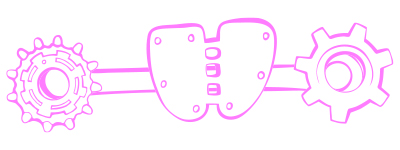
So Many Pieces
Just as Descartes and Steno tried to find a neural sweet spot that created consciousness and human intent, Crick came to believe that an area in the upper middle of the brain (called the anterior cingulate) might be the seat of free will. That idea has not worked out either. Now we know that a great many factors impact our sense of self. How the “I” plays out physically within the brain remains a biological mystery, but neuroscientist Robert Sapolsky has provided a practical summary of the often-overlooked influences that come together to make each of us who we are.
“Someone’s history can’t be ignored, because all we are is our history.”
Sapolsky, a professor of biology and neuroscience at Stanford University, believes that who we are and the choices we make are a result of the human experience—from the evolutionary pressures that created our sociable species Homo sapiens in the farthest past to our current glucose level, and everything in between: family ancestry, genome, fetal environment, mothering style, culture, gender, hormones, time of day, hunger and more.
He groups these diverse factors into four broad categories: culture, environment, peers, family. It’s a very important conclusion. All of these things, he believes, impact the functioning of the human machine; how we function as individuals is related to all of the history and experiences that have molded our minds. One can see and appreciate how the range of “the sum of the parts” continues to widen.
Sapolsky is controversial because he believes that in all of this “there’s no room for free will.” Neurons fire and behavior happens for reasons that are chemical, not from extrasensory Cartesian spirits (or anything else for that matter). Because our behavior arises from the neurology of our brain, he asserts, our thoughts, attitudes and actions are the sum of these factors; there is no willpower. Rather, there is “a seamless continuum leaving no cracks between the disciplines into which to slip some free will.” By “disciplines,” he means numerous related areas of study: biology, evolution, epigenetics, endocrinology and embryology. In his view, “We are nothing more or less than the sum of that which we could not control—our biology, our environments, their interactions.”

The Holistic View
A small cohort of scientists agree with Sapolsky’s no-free-will stand. Many neuroscientists, however, including Kevin Mitchell, vehemently disagree: “Nothing in philosophy or physics or neuroscience or genetics or psychology or neurology or any other science undermines the idea that we do have the capacity for conscious, rational control of our actions.” Writing in Free Agents: How Evolution Gave Us Free Will, Mitchell contends that “the reductive view of linear pathways with dedicated components” is an illusion. This error, he says, “encourages the view of cells or organisms as stimulus-response machines.”
The problem with the machine metaphor at this point is that it’s simplistic. Sapolsky is genius in laying out the vast array of inputs that are beyond our control (e.g., who our parents are) and those that we choose. He hypothesizes that our choices are not actually free, because they are the product of this wide array of factors influencing us behind the scenes.
But when we’re made aware of these inputs and their influence—both backward in our history and forward in determining what we will be in the future—we can take positive action. The important takeaway, Mitchell writes, is that “the organism is not mechanically driven by stimuli from outside; it is interpreting these signals in its capacity as a self. The organism is meeting the world halfway, as an active partner in a dance that lasts a lifetime.”
“If free will is the capacity for conscious, rational control of our actions, then I am happy in saying we have it.”
We need, as late American novelist and essayist David Foster Wallace says, to be more skilled and conscientious in how we choose what we do have control over. “Learning how to think really means learning how to exercise some control over how and what you think. It means being conscious and aware enough to choose what you pay attention to and to choose how you construct meaning from experience.”
This takes us beyond the reductionist view to the holistic.

“Bodymind”
Rather than focusing on the parts, as a mechanistic view promotes, a holistic view sees human beings as more than the sum of their parts. As Sapolsky illuminated, we are embedded in our own unique set of circumstances. But we also need to think beyond this to understand that each of us then becomes one of the factors contributing to the circumstances of others. In that sense, we are our brother’s keeper.
This is explained more deeply in The Myth of Normal: Trauma, Illness and Healing in a Toxic Culture. The authors, Gabor Maté and son Daniel, conclude that much of our personal anomie, psychological challenges and other latent and overt health crises arise from our misconnection with the rest of the world, as well as from misunderstanding our own history. Problems such as feelings of alienation, uncertainty, conflict, unsatisfying materialism, isolation, lack of control and lack of information embed us in a chronically stressed state, they continue, warning that our “ideological blind spots . . . keep us ignorant of the connections that bind our health to our social-emotional lives.”
“What if we saw illness as an imbalance in the entire organism,” they ask, “not just as a manifestation of molecules, cells, or organs invaded or denatured by pathology? What if we applied the findings of Western research and medical science in a systems [holistic] framework, seeking all the connections and conditions that contribute to illness and health?”
The authors suggest the word bodymind (a term credited to the late molecular biologist and psychoneuroimmunology expert Candace Pert) as a helpful way to portray the holism of the human condition. “Body and mind, while not identical, cannot be understood separately from each other. We can ignore or deny this paradox, but we cannot escape it.” How our bodymind interacts with others and the environment in general is of great importance. “Our biology itself is interpersonal. . . . Nothing about us, mental or physical, can be comprehended apart from the many-faceted milieu in which we exist.” Thus, “in turn, our bodies influence our brains and minds and, necessarily, the brains, minds, and bodies of others.” Each of us is a part in someone else’s sum.
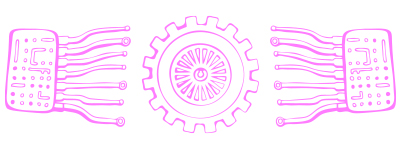
A Top-Down Motivation
How we think of ourselves, and our relationships to other people and to the rest of the world at large, is extremely important. It’s a reductionist myth to believe we are alone, independent or otherwise unimportant. We are not machines running independently, nor trees without a forest.
Neuroscientist Mitchell concurs; living things are “defined by a web of relations: internal relations among all their components and relations with things in the environment, with past experiences and future goals, with biographical memories and personal narratives, and, for humans, with all the other people who ground our own identity.”
“The systemic complexity of the New Biology points to the interconnectedness of creation in a way that finds a parallel in the religious vision of the unity of all things in God.”
We are continually adjusting as time and experience pass. Water has no choice when it flows around a rock; it simply follows the course described by the physical interactions of mass, gravity, temperature, etc. Our behaviors are not so predetermined. We do have choices to make. Organisms, says Mitchell, “have very substantial causal integrity and autonomy. This autonomy is not absolute of course, but organisms are not simply open to the environment and not just pushed around by it: in fact, they’re capable of pushing back.”
To survive—to persist is the word Mitchell uses—means that all living things “need the tools to figure out which things matter and in what ways and what they should do about them.”
We have those tools. As a neuroscientist, Mitchell concludes it was the process of evolution that “solved this problem by building a complex architecture of interacting systems for perception, memory, motivation, simulation, selection of goals and plans and actions, reward, reinforcement, learning, and even metacognition”—a system, at least in humans, that allows us to think about thinking. As he says, we “think about and adjust our own motivations.”
Descartes began the modern inquiry into the problem of human consciousness long ago. And while we may not agree with his concept of dualism (or, for that matter, the idea that natural selection can account for mind from matter alone), his conclusions saw beyond our thoughts today of evolutionary answers to a higher order. The holistic view, which is certainly a much more appropriate perspective in that it encourages us to see ourselves both as individuals and as community, is a top-down kind of organization. The whole is the product for which the parts are motivated. Apart from the “forest” of human connections, the individual “trees” of our lives are stunted.
“When I turn the mind’s eye toward myself,” Descartes wrote, “I understand not only that I am something incomplete and dependent upon another, something aspiring indefinitely for greater and greater or better things, but also that the being on whom I depend has in himself all those greater things—not merely indefinitely and potentially, but infinitely and actually, and thus that he is God.”
Neuroscience has not been able to resolve what Descartes pondered—not just the placement of thought but of consciousness of thought, the cause of mind. As Stephen Morse, professor of law and psychiatry at the University of Pennsylvania, noted in 2022, “At present, however, we do not have a clue about how the brain enables the mind, or about how action and consciousness are possible. Understanding how the brain enables the mind would revolutionize our understanding of biological processes and the nature of personhood, but such understanding may not be possible.”
Morse told Vision, “If we really understood how the brain enables the mind, it would be a revolutionary discovery and I have no idea how it would affect social relations, politics, morality, responsibility and the other aspects of life that we care about so deeply. So, let’s stick with what we do know—that there are no minds without brains and that we have minds.”
But we won’t stop trying. The European Human Brain Project has used the most advanced tools available over the last decade to eke out a greater depth of understanding as to how neurons are connected and how messages flow throughout the brain space. Whether or not this kind of research, the ultimate reductionist methodology, will ever reveal how cells enable mind is unknown. What is becoming clearer every day, however, is what we know by experience and common sense: Holistically healthy and empathetic connections to other people enhance their lives as well as our own.

